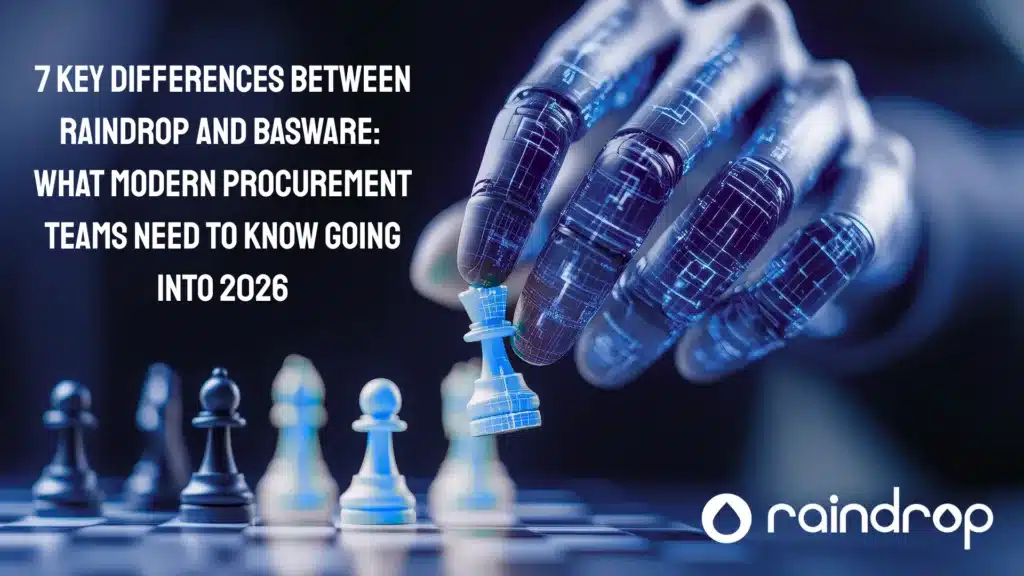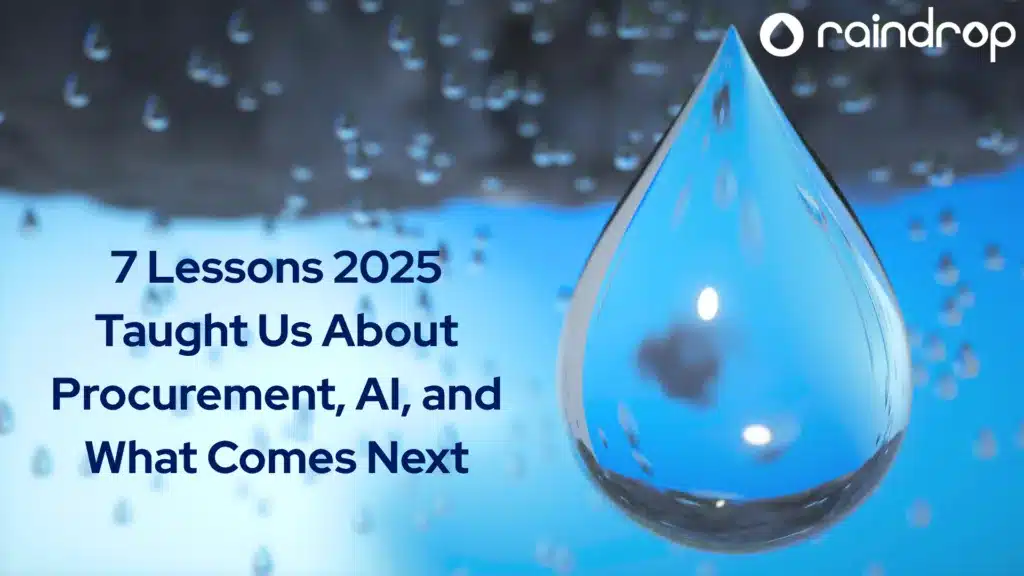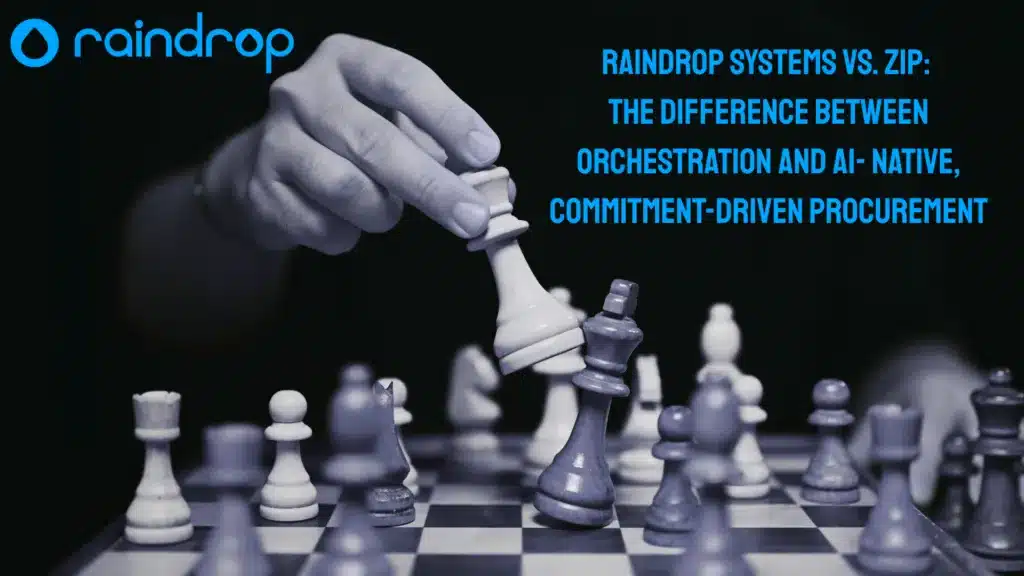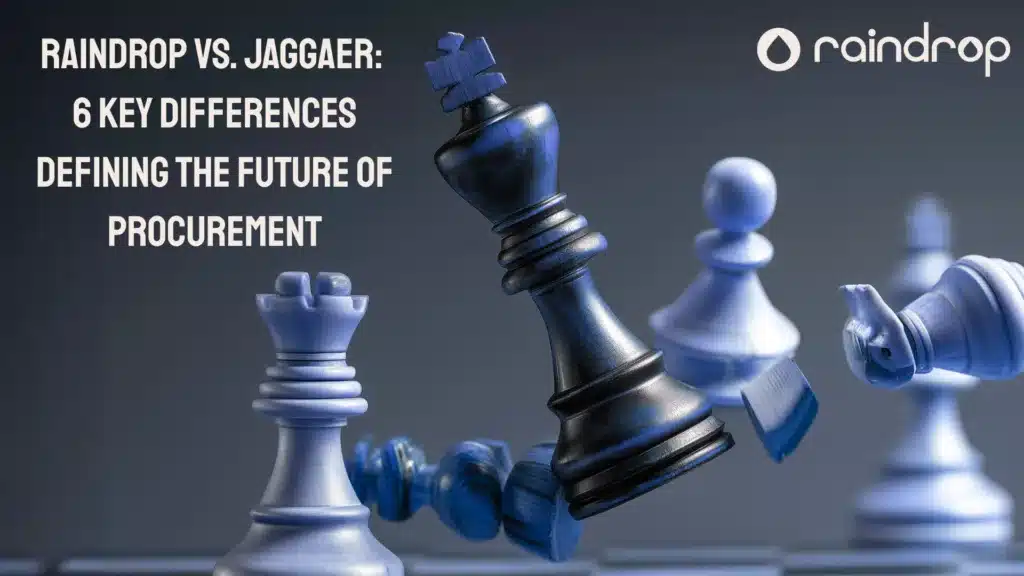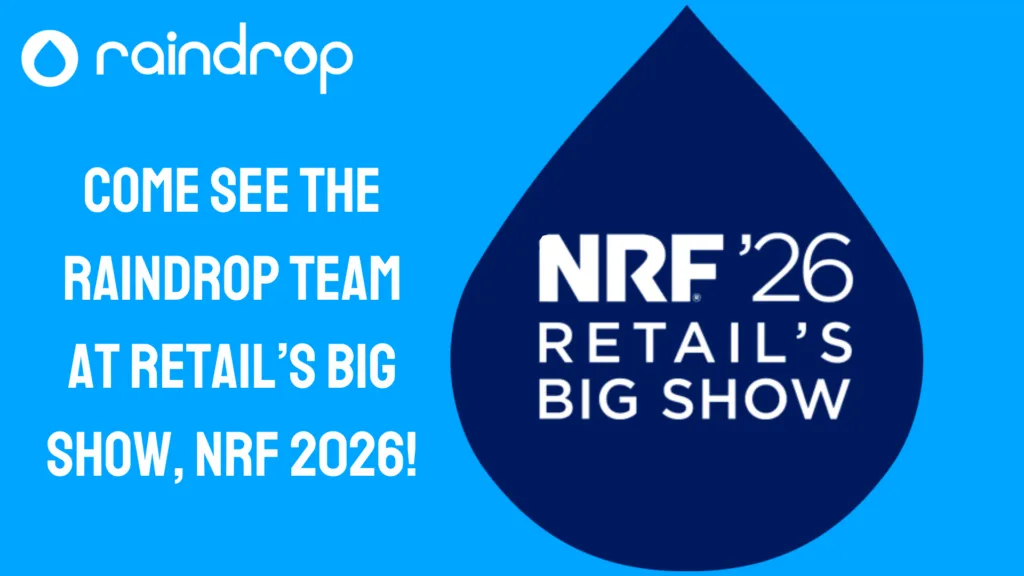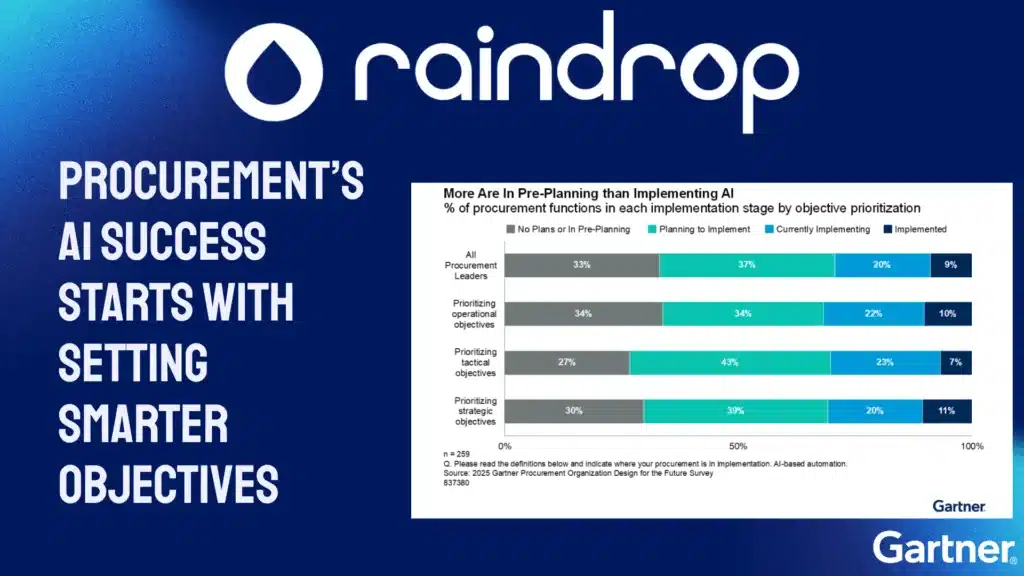Why Data & Analytics Are the Foundation of AI-Ready Procurement
Key Takeaways
- AI only works as well as your data. Clean, connected, real-time procurement data is the prerequisite for automation, forecasting, and trustworthy insights.
- An AI-native platform that captures every touchpoint (intake → pay) creates a single source of truth—unlocking predictive and prescriptive decisions that lower cost, speed cycle times, and shrink risk.
- Start small, win fast: audit data quality, light up spend and supplier dashboards, turn on risk alerts—then scale governance and integrations to get truly AI-ready.
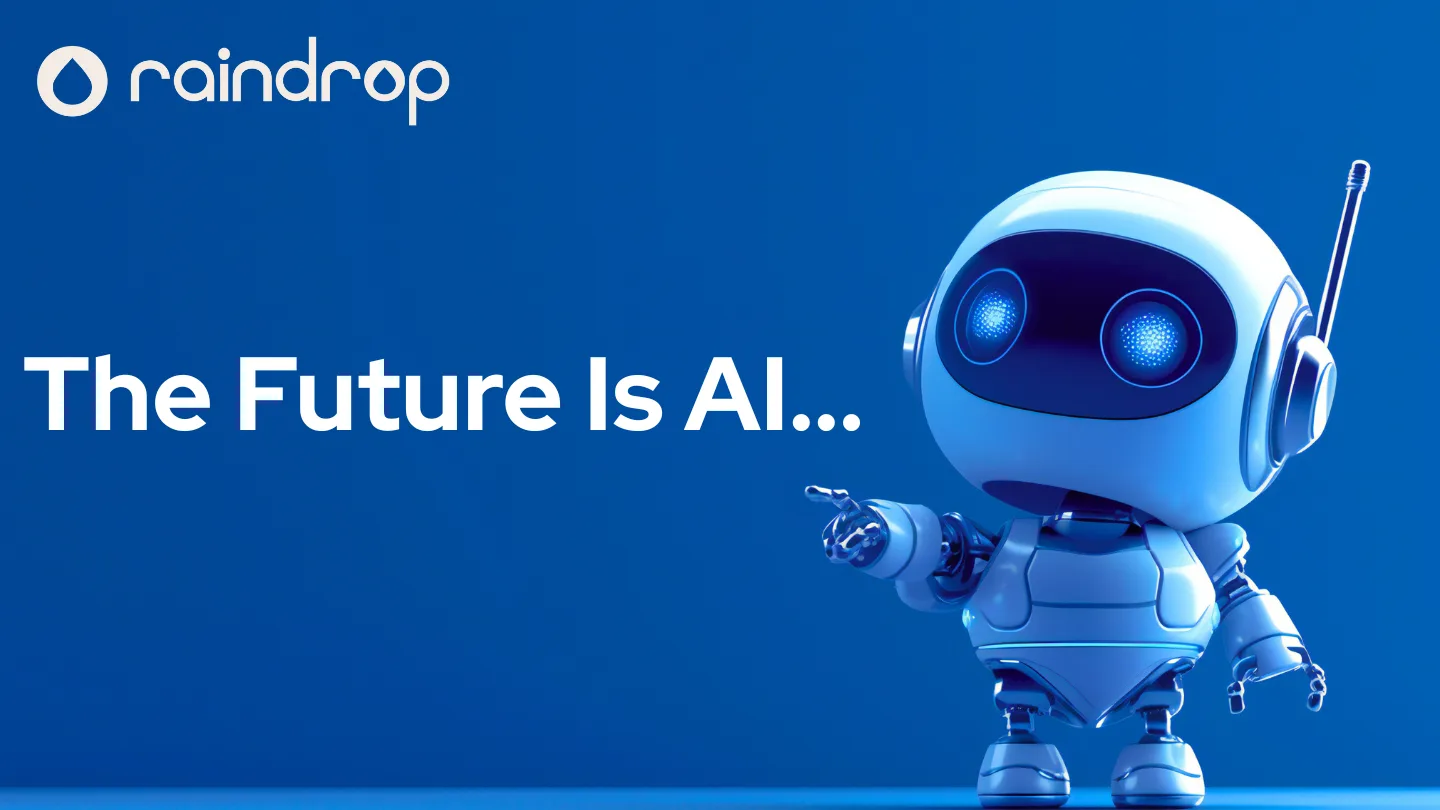
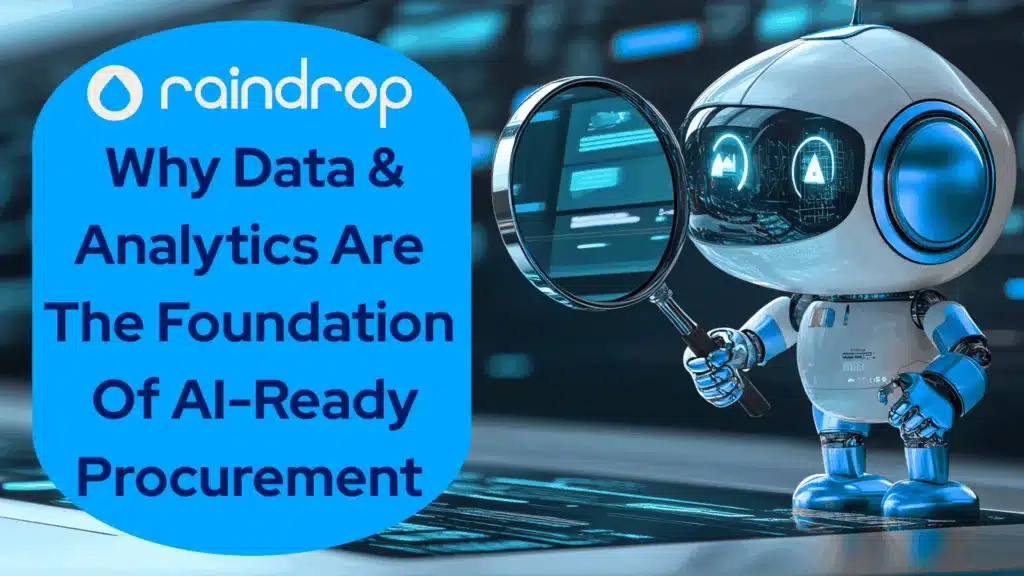

Introduction: Why Data Matters More Than Ever
Procurement has moved well beyond its old identity as a cost-control function. Today, it sits at the center of business strategy—enabling growth, mitigating risk, and shaping supplier ecosystems. That shift brings a new mandate: deliver impact faster, backed by hard data.
AI promises to accelerate this transformation, from predicting supplier risk to automating negotiations. But here’s the catch—AI is only as strong as the data it runs on. Poor-quality, siloed, or incomplete information will undermine even the most advanced system. As Gartner highlights in its Top 5 Priorities for CPOs in the Second Half of 2025, building a reliable, unified data foundation is now a top board-level concern [Source: Gartner, 2025].
Data is the fuel, analytics the engine, and AI the accelerator. Without the first two, the third won’t get off the ground.
Everyone says they want “one source of truth,” but that only matters if the right people can use it. Connecting your supplier, invoice, and payment data is how you get there. When integrations are working, nothing falls through the cracks, and every team can focus on actual decisions, not detective work.
Let’s look at what happens when your systems can’t talk to each other and what you gain by fixing it.
The Problem with Legacy and Manual Processes
Many procurement teams are still weighed down by fragmented data and outdated workflows. Valuable information gets stuck in silos, scattered across spreadsheets, email threads, and monolithic legacy systems that can’t easily connect with one another.
This lack of structure creates three major barriers to progress:
- No real-time visibility. By the time reports are pulled together, they’re already out of date—making proactive decision-making nearly impossible.
- High risk of error. Manual processes open the door to inconsistencies, compliance gaps, and onboarding delays.
- Inability to scale. Without integrated, accessible data, automation and advanced analytics can’t take hold.
Fragmentation doesn’t just slow down procurement cycles. It also blocks the ability to identify trends, spot risks, and prove measurable ROI. In today’s business environment, operating this way isn’t just inefficient—it’s a strategic liability. For a deeper look at these spend management challenges, see how supply chain leaders are addressing similar risks.
Why a Modern Platform Is Essential
The shift to AI-driven procurement requires more than incremental fixes. It calls for platforms built to capture, unify, and analyze data at every stage of the procurement lifecycle. Modern, AI-native, cloud-based solutions deliver exactly that.
Here’s how they change the game:
- Capture every touchpoint. From intake requests to supplier records, contracts, invoices, and payments, data is automatically collected and structured.
- Create a single source of truth. All spend and supplier information is unified in real time, eliminating silos and providing consistent visibility across the enterprise.
- Enable continuous visibility. Dashboards surface insights on pricing trends, supplier performance, compliance, and budget impact—without waiting for static reports.
- Support smarter decisions. With clean, accessible data, advanced analytics and AI can recommend sourcing strategies, detect risks, and drive proactive planning.
The result is more than efficiency. A modern procurement platform elevates the function from a transactional back-office role to a strategic hub, enabling faster cycle times, reduced costs, and stronger resilience.
From Descriptive to Predictive—and Prescriptive—Analytics
Analytics in procurement has evolved far beyond static reporting. What once meant looking backward at spend data now drives forward-looking strategy and proactive decision-making.
Three stages define the maturity curve:
- Descriptive analytics: Answers “what happened?” by providing dashboards and spend reports. Useful, but limited to hindsight.
- Predictive analytics: Answers “what will happen?” by forecasting spend patterns, identifying supplier risks, and anticipating supply disruptions before they occur.
- Prescriptive analytics: Answers “what should we do about it?” by recommending sourcing strategies, alerting teams to compliance risks, and even generating supplier shortlists or draft RFPs.
With structured data as the foundation, these advanced analytics capabilities allow procurement to:
- Anticipate risks rather than react to them.
- Negotiate from a position of insight, backed by modeled outcomes.
- Accelerate cycle times by automating recommendations and workflows.
In short, analytics is no longer a rearview mirror—it’s a GPS for navigating supplier markets, budgets, and risk. Organizations that are ready to adopt predictive sourcing strategies can move beyond reporting to proactive value creation.
Data as the Key to AI Readiness
Artificial intelligence can only deliver value when the data feeding it is reliable. The old maxim “garbage in, garbage out” is especially true here. AI systems thrive on structured, high-quality, and unified information. Without that, predictions falter, and automation breaks down.
When the data foundation is sound, AI can transform procurement in critical ways:
- Proactive risk detection. Algorithms can scan financial, regulatory, and ownership data for early warning signs of supplier instability.
- Adaptive workflows. AI can adjust processes dynamically—flagging bottlenecks, rerouting approvals, and accelerating cycle times.
- Faster supplier discovery. Intelligent matching surfaces potential partners based on criteria like ESG performance, pricing history, and compliance standing.
- Smarter planning. Forecasting models help prepare for demand shifts and supply chain disruptions with greater accuracy.
At a recent procurement leadership forum, executives emphasized that pairing AI with structured data elevates the function from tactical to strategic. Leaders shared examples of AI streamlining supplier onboarding, accelerating analytics turnaround, and enabling proactive supply chain planning—capabilities that are quickly shifting from differentiators to table stakes.
For more on this evolution, explore how supplier risk management is becoming predictive, not reactive.
The Investment Imperative: Why Organizations Need to Act Now
AI-driven procurement isn’t a distant vision. It’s happening now—and the gap between early adopters and those lagging behind is widening fast.
Why speed matters:
- Compounding advantage. Organizations that invest early build momentum—gaining faster cycle times, stronger supplier relationships, and better cost control that compounds year over year.
- Immediate ROI. Even before full AI capabilities are deployed, modern analytics platforms deliver measurable savings through efficiency gains, improved compliance, and reduced risk exposure.
- Future-proofing. Markets are volatile, regulations are tightening, and supply chain shocks are now routine. Companies that delay upgrading their data and analytics infrastructure risk being left exposed.
By contrast, organizations that act now position themselves to capture both near-term ROI and long-term resilience. The message is clear: the cost of waiting will far outweigh the investment of modernizing procurement today. See how companies are already realizing procurement ROI.
How to Get Started
Becoming AI-ready doesn’t have to mean a massive transformation overnight. The most successful organizations take a phased, deliberate approach—building the right data foundation first, then layering in advanced analytics and AI capabilities.
Four steps to begin the journey:
- Audit current data. Assess quality, accessibility, centralization, and governance. Identify where critical spend and supplier data lives, and where gaps or inconsistencies exist.
- Target quick wins. Prioritize analytics use cases that can deliver fast value, such as spend visibility dashboards, supplier performance scorecards, or real-time risk alerts.
- Modernize platforms. Shift away from spreadsheets and legacy systems into a modern, AI-native platform that automates data capture and integrates across functions.
- Invest in governance and integration. Build the infrastructure—APIs, automation, and real-time data feeds—that ensures data is consistent, secure, and scalable for AI.
This approach delivers measurable ROI along the way while laying the groundwork for advanced AI capabilities. Organizations that start small, learn fast, and scale with purpose are best positioned to unlock sustainable transformation.
Conclusion: Data Is the New Procurement Currency
In today’s environment, procurement success is measured not just by cost savings, but by agility, resilience, and strategic impact. Achieving those outcomes requires one critical resource: data.
When captured consistently, unified across systems, and analyzed in real time, data becomes the foundation that unlocks AI-driven procurement. It enables predictive insights, proactive risk management, and smarter supplier strategies—capabilities that are rapidly defining the next era of competitive advantage.
Organizations that treat data as a strategic asset will be the ones to thrive. Those that continue relying on fragmented, manual processes will be left behind.
The choice is clear: invest in the data foundation today to be AI-ready tomorrow.

